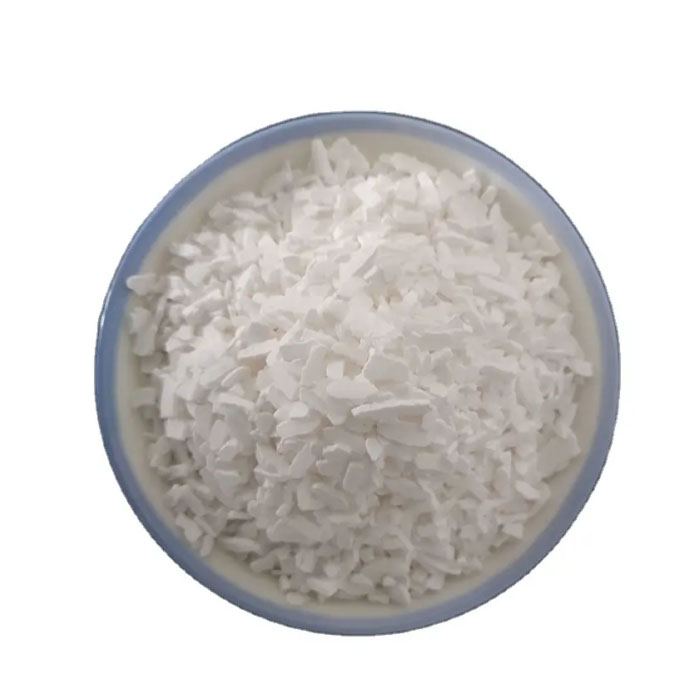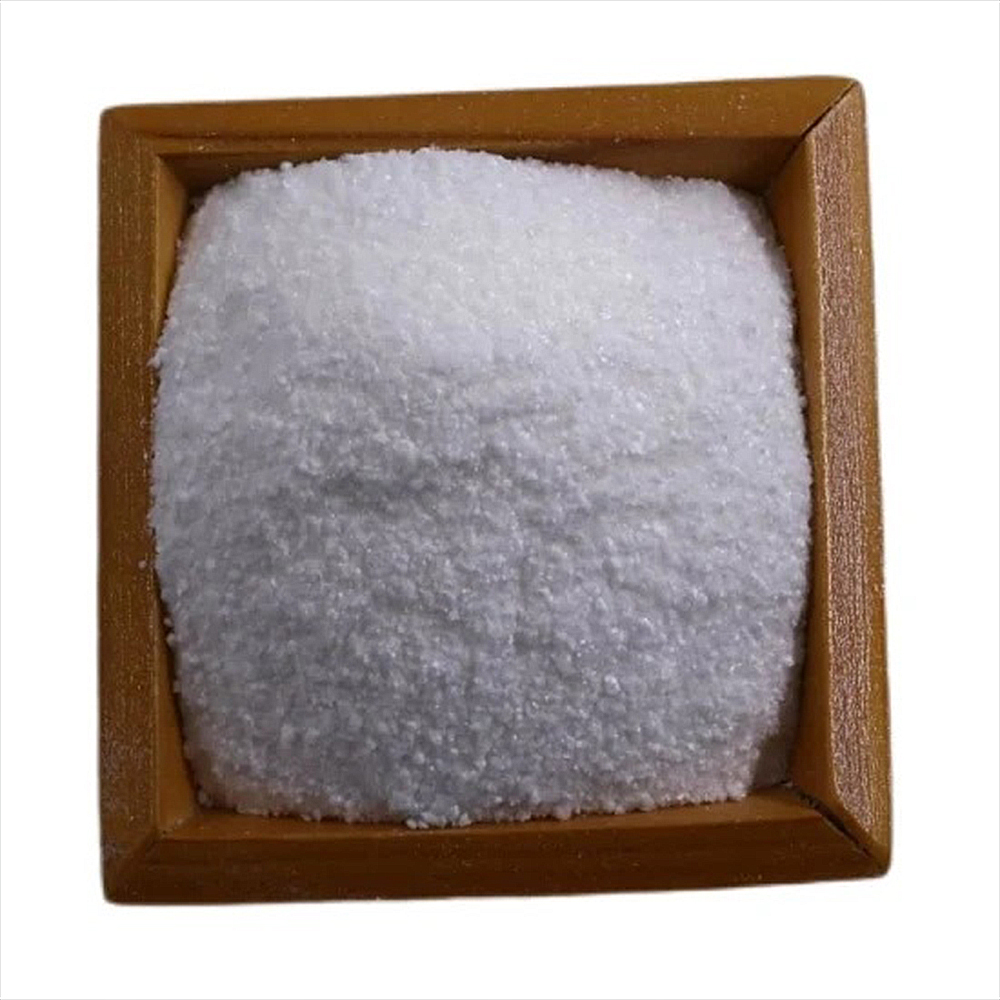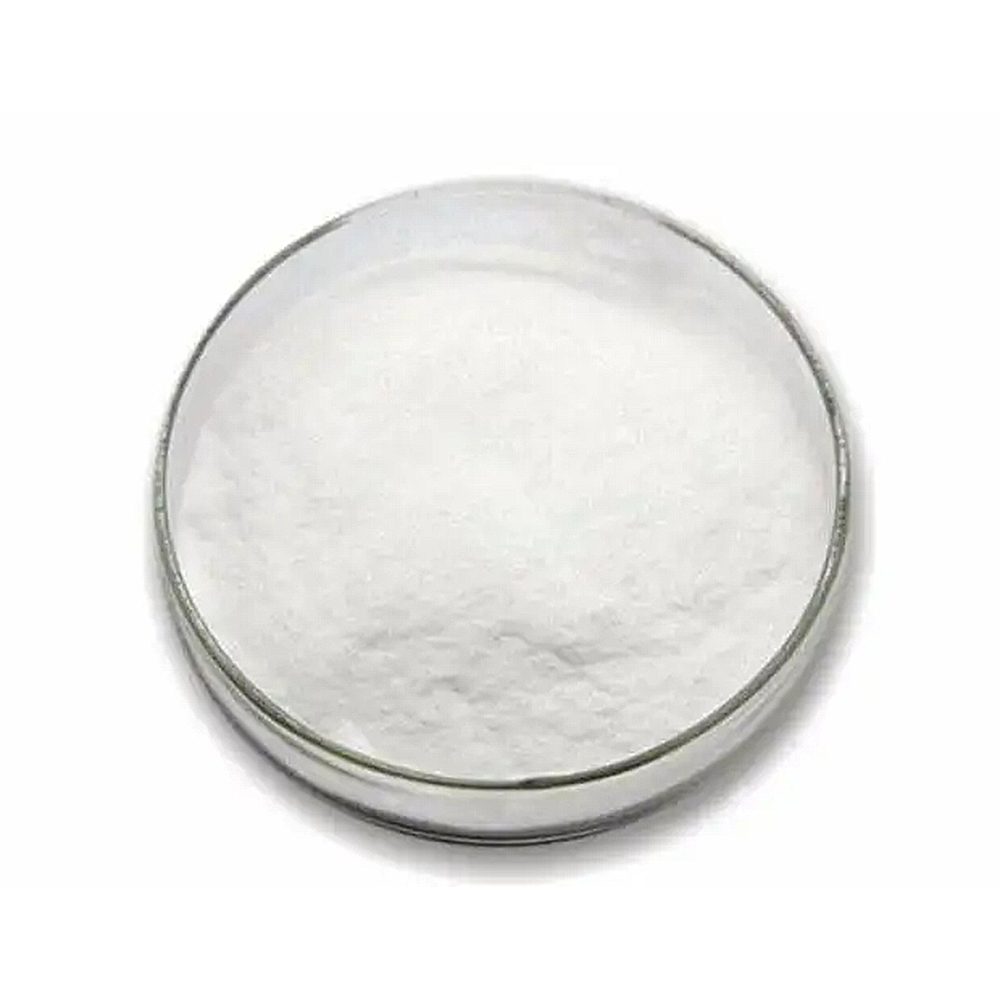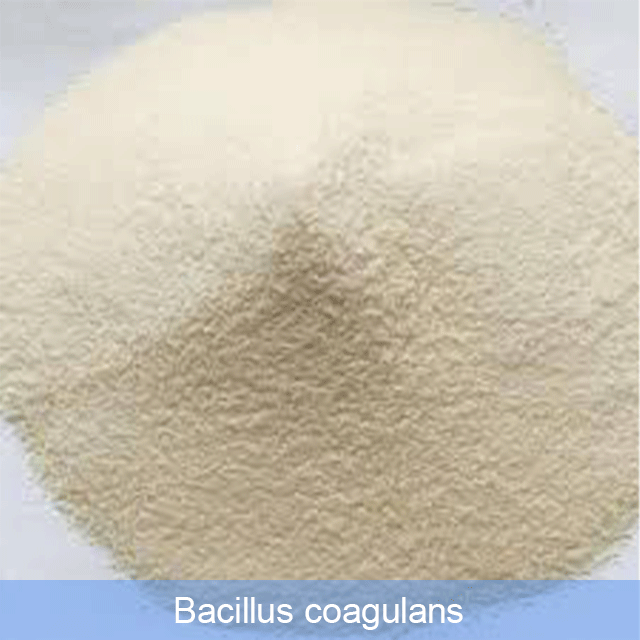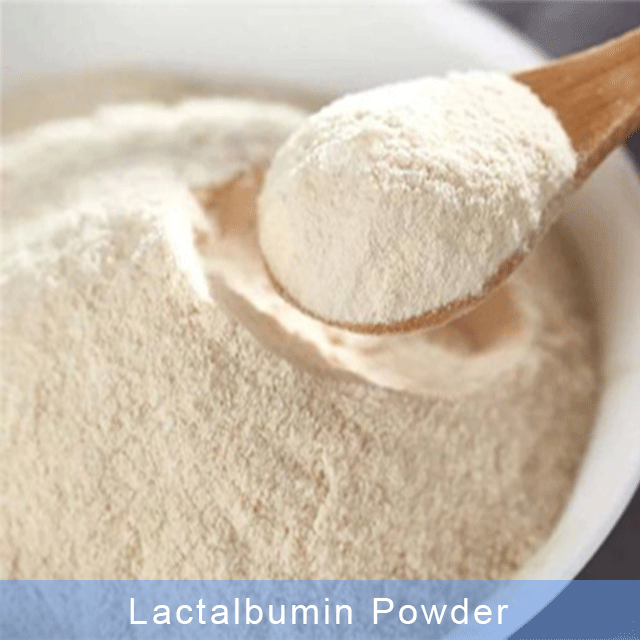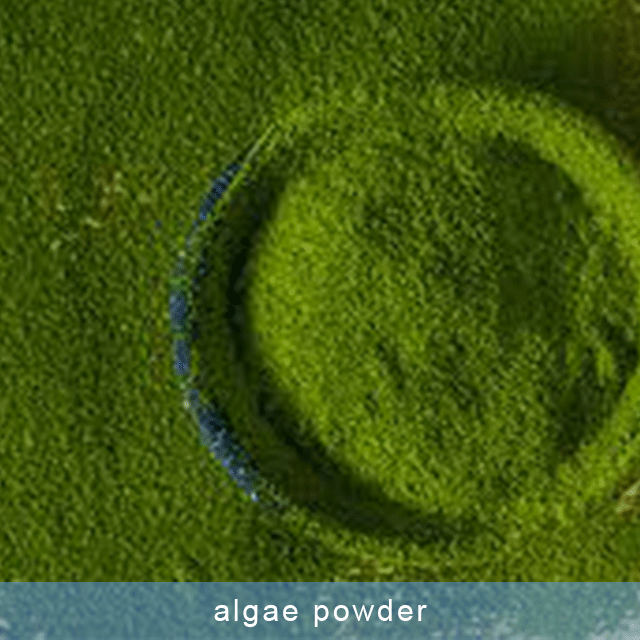4-Aminobutyric acid
4-Aminobutyric acid
Cas number:56-12-2
Appeaance:White to almost white powder
Grade:food grade、industrial grade
Overview: γ-aminobutyric acid, English name: γ-aminobutyric acid (GABA) γ-aminobutyric acid, chemical name: 4-aminobutyric acid; alias: γ-aminobutyric acid, aminobutyric acid, pipecolic acid, widely distributed in animals and plants. Plants such as leguminous, ginseng, and Chinese herbal medicines contain γ-aminobutyric acid in their seeds, rhizomes, and tissue fluid. Chemicalbook In animals, GABA is almost exclusively found in nerve tissue, with the content in brain tissue being approximately 0.1-0.6 mg/g tissue. Immunological studies have shown that the area with the highest concentration is the substantia nigra in the brain. γ-aminobutyric acid is an important inhibitory neurotransmitter that has been studied in depth. It participates in a variety of metabolic activities and has high physiological activity.
Chemical properties: White flakes or needle-shaped crystals; slightly smelly and hygroscopic; easily soluble in water, slightly soluble in hot ethanol, insoluble in cold ethanol, ether and benzene; decomposition point is 202℃; LD50 (rat, intraperitoneal) 5400mg/kg.
Uses: Used in biochemical research, and in medicine for the treatment of various diseases caused by hepatic coma and cerebrovascular disorders. Pharmaceutical intermediate. 4-aminobutyric acid has the effect of lowering blood lipids and is suitable for the treatment and prevention of various types of hepatic coma. It can treat polio, cerebral hemorrhage, and can be used as an antidote for gas poisoning. It is also used in biochemical research and organic synthesis. It can reduce blood ammonia and promote brain metabolism. It is used to treat various types of hepatic coma, and is also used for coma caused by sequelae of stroke, cerebral arteriosclerosis, sequelae of head trauma, uremia, gas poisoning, etc. The main inhibitory neurotransmitter in the brain;
Related products
-
Food Grade
Astaxanthin
-
Food Grade
Bacillus coagulans
-
Food Grade
Lactalbumin Powder
-
Food Grade
Algae powder

